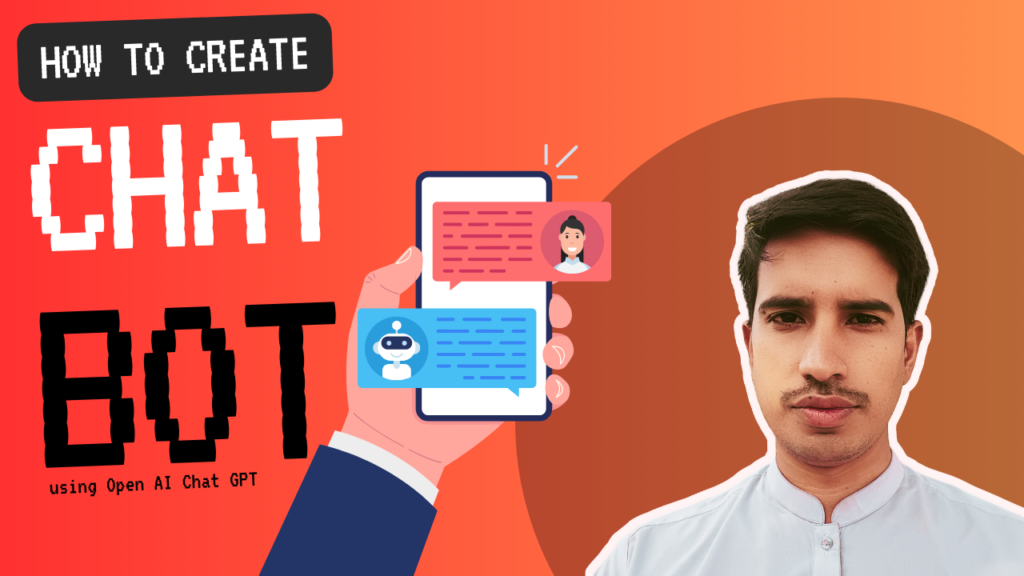
Chatbots have transformed how businesses and individuals interact online, offering solutions for customer service, productivity, and even personal assistance. With AI tools like OpenAI’s ChatGPT, Google Gemini, and the open-source LLaMA model, building a chatbot has never been easier or more accessible. This guide explores the step-by-step process of creating a chatbot, catering to non-coders and tech enthusiasts.
Chat Bot is like search box for your business but on steriods, you have to prepare your data like questions answers, user manuals etc, normally these details should be available on your business website, yes user can search for any details but sometime it can become frustrations if the answers is in some blog post last paragraph or it is one the 50th page of your user manual, of course you can and most companies do, hire bunch of guys train them and provide live chat service your website but it can be costly and at the same time can take longer to train employees and also you can only hire limited number of people
Benefits of Creating a Chat Bot
- Low cost, You need a paid account on chat GPT but that is no where near the cost of hiring someone for the same job
- There is also question of that it should take jobs of real people and I think it should not use to replace someone’s job instead it should work with already build live chat services like it can help to answer basic details but there should be option to contact real person in live chat for specifiic information
- It is very easy to set up so it can start working in a hour
- Improve user engagement with personalized conversations.
- Provide 24/7 assistance without human intervention.
- Automate customer service, reducing response time.
Createing your chat Bot in Chat GPT
OpenAI’s ChatGPT offers a user-friendly interface to create custom chatbots, even for those with no coding experience. Here’s how
Step 1: Create a GPTLog in to your OpenAI account.
Navigate to the Explore tab.
Click on Create a GPT and follow the prompts to set up your chatbot.
Define the chatbot’s purpose and personality by answering questions like:
What tasks should the bot perform?
Are there topics it should avoid?
Step 2: Configure the GPT
Customize the chatbot’s:
Name and profile picture (using DALL-E integration).
Knowledge resources, like uploaded FAQs or articles.
Conversation starters to enhance user experience.
Step 3: Save and Share
Save your chatbot and choose the appropriate sharing option (“Only me,” “Only people with a link,” or “Public”).
Share it with your audience through a link.